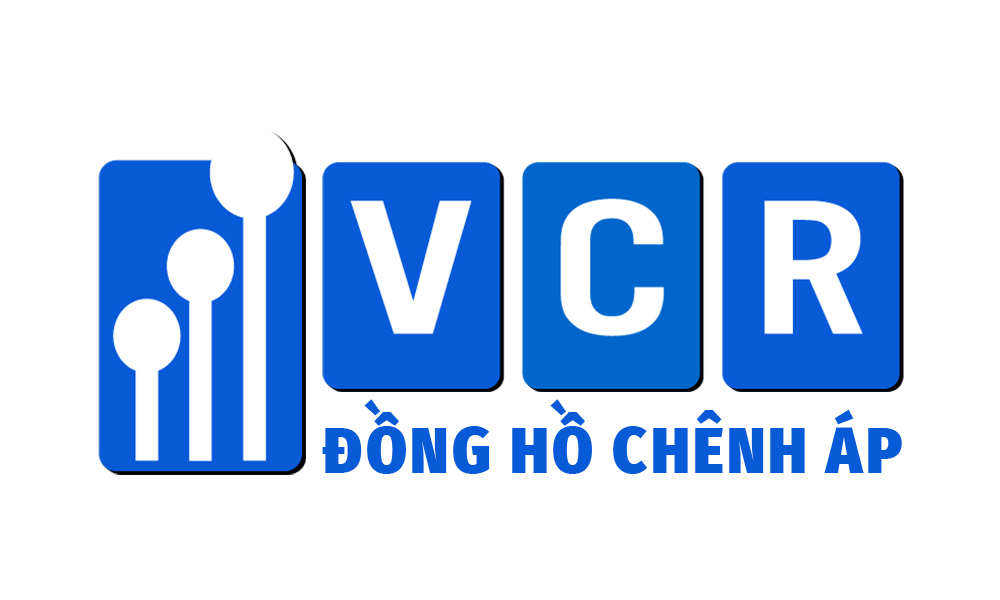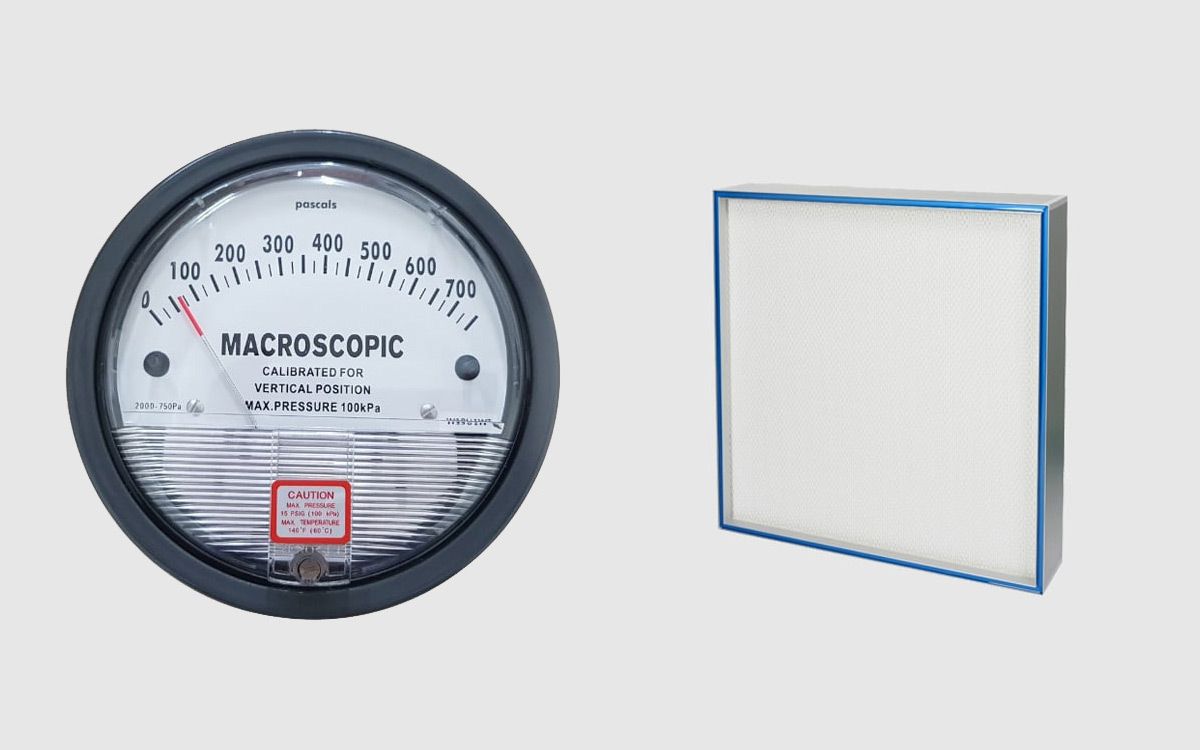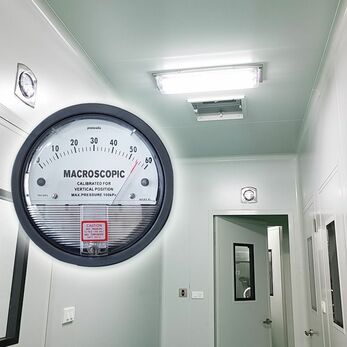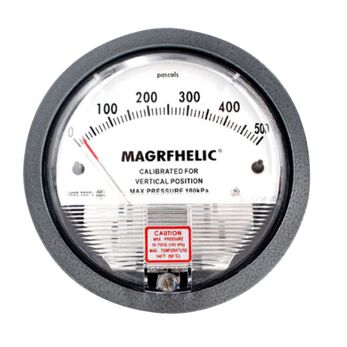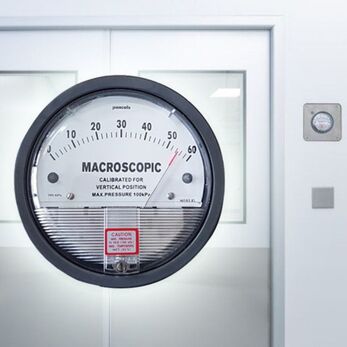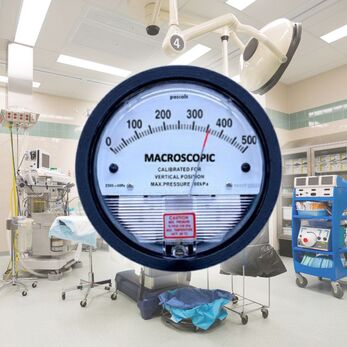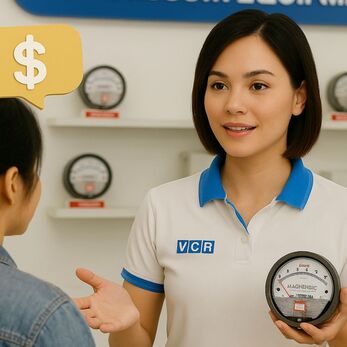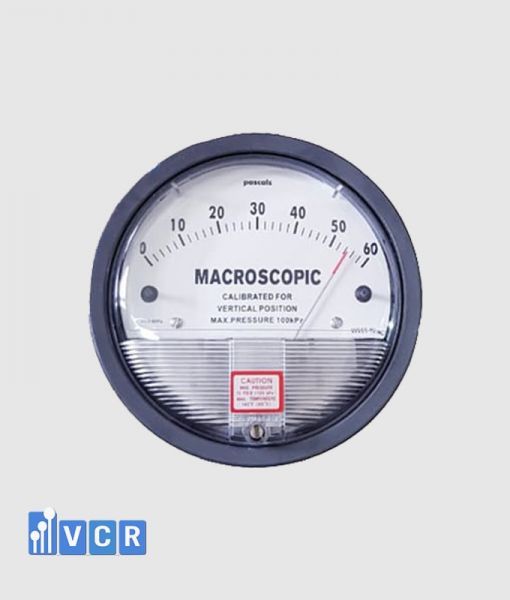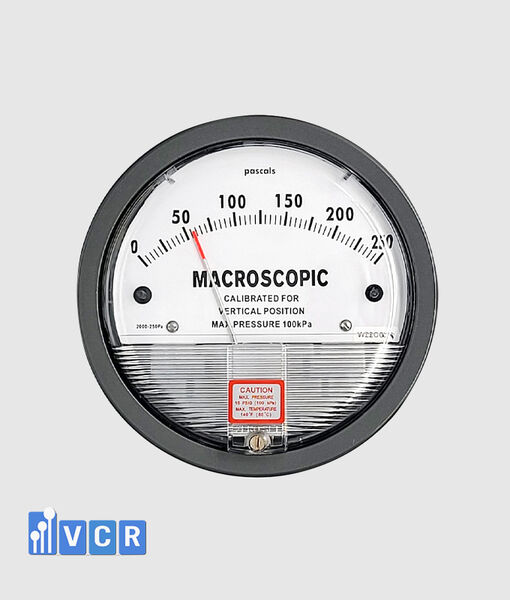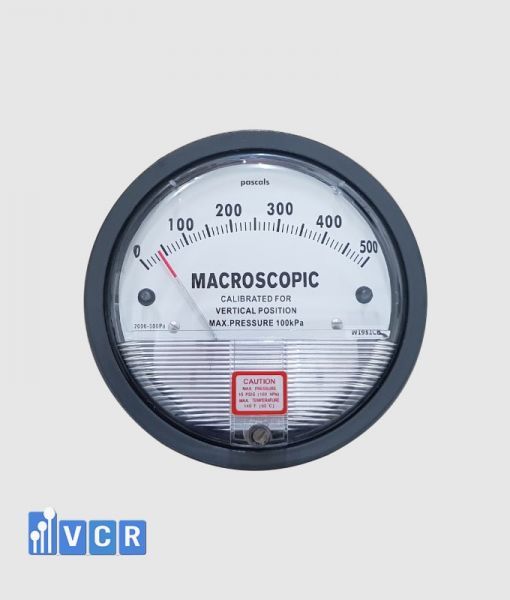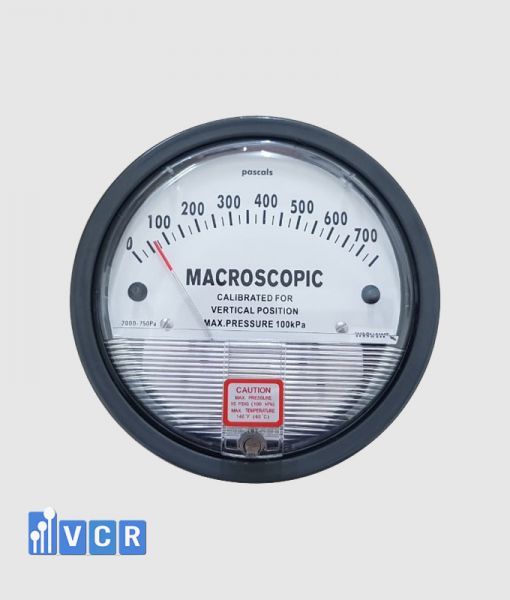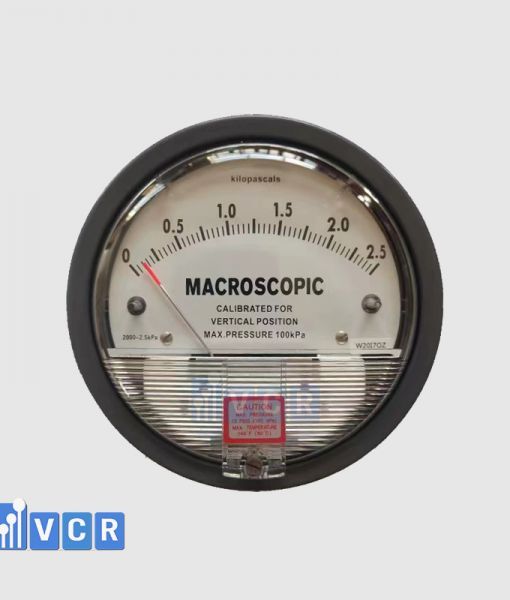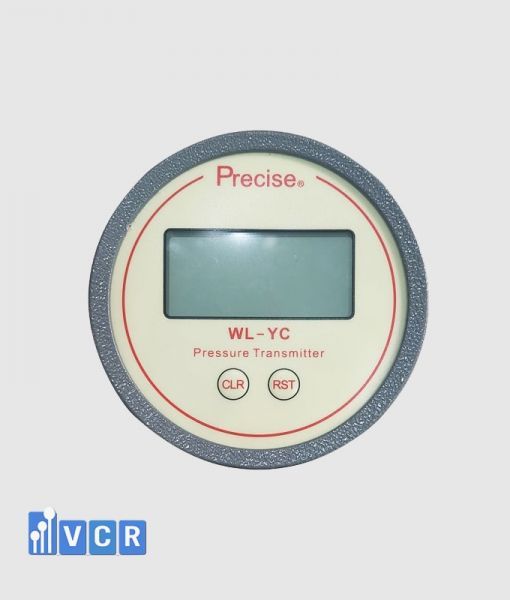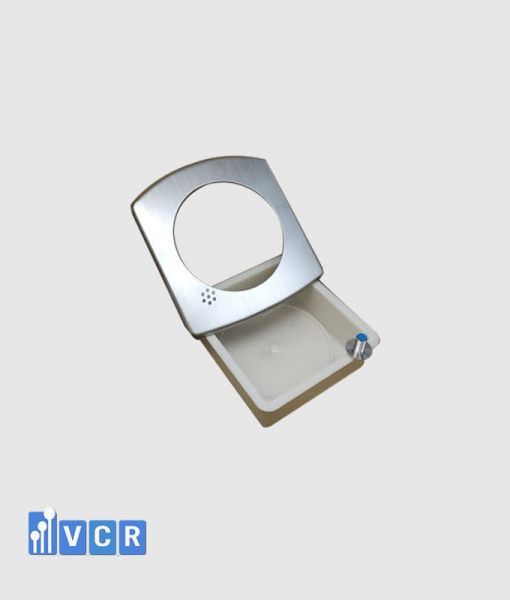Many air purification devices, including dispensing booths and dynamic pass boxes, rely on air filters to capture and remove contaminants. These filters play a vital role in ensuring clean and safe air, but their effectiveness diminishes as they become clogged over time.
Differential pressure gauges come to the rescue, acting as silent guardians, monitoring filter performance and prompting timely replacements.
Understanding Differential Pressure
Differential pressure refers to the difference in air pressure between two points within a system. In air filtration systems, this differential pressure arises because the filter resists the flow of air, creating a pressure drop across it.
The Role of Differential Pressure Gauges for Air Filter
A differential pressure gauge is a specialized instrument designed to measure this pressure difference between the clean air inlet and the contaminated air outlet of an air filter.
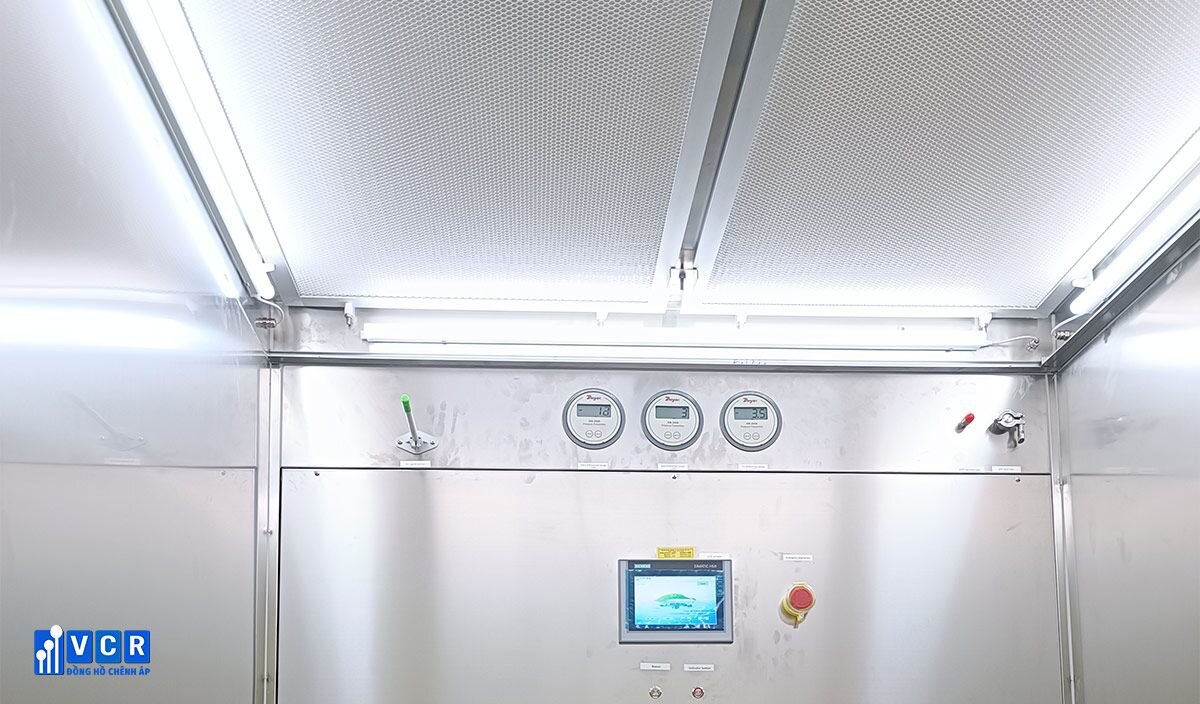
This measured value provides valuable insights into the filter's performance:
- Monitoring Filter Performance: As the filter traps dust and other particles, its resistance to airflow increases, leading to a gradual rise in the measured differential pressure. This serves as an early warning sign, indicating the filter's approaching replacement time.
- Preventive Maintenance: By proactively replacing filters based on the differential pressure readings, operators can maintain optimal air quality and prevent:
- Reduced filtration efficiency: Clogged filters become less effective in capturing contaminants, potentially compromising air quality.
- Increased energy consumption: Higher resistance from clogged filters forces the air handling system to work harder, leading to higher energy consumption.
- Promoting Safe Operation: Timely filter replacements ensure the system continues to function effectively, safeguarding personnel and equipment from exposure to harmful contaminants.
See more: Differential Pressure Gauge in Pharmaceuticals Cleanrooms
How Differential Pressure Gauges Work
These gauges typically employ a diaphragm or bellows mechanism that deflects proportionally to the pressure difference between the two points. This deflection translates into a pointer movement on a dial, displaying the measured differential pressure in units like pascals (Pa).
See more: Workings of Differential Pressure Gauges
Technical Considerations
Differential pressure gauges used for air filters typically have a measuring range of 0-250 Pa or 0-500 Pa. The 0-500 Pa gauge is the most widely used due to its suitability for monitoring the pressure drop across most air filters in these applications.

Conclusion:
Differential pressure gauges are essential tools for maintaining the effectiveness of air filtration systems. By monitoring the pressure drop across filters and providing timely replacement prompts, these gauges contribute significantly to:
- Maintaining clean and safe air: They ensure consistent filtration efficiency, minimizing the risk of contaminated air entering the environment.
- Optimizing system performance: Proactive filter replacements prevent increased energy consumption and ensure the smooth operation of air handling systems.
- Promoting safety: Timely replacements safeguard personnel and equipment from exposure to harmful contaminants.
By understanding the role and working principles of differential pressure gauges, operators can leverage these valuable instruments to maintain optimal air quality and ensure the safe and efficient operation of air purification systems.


